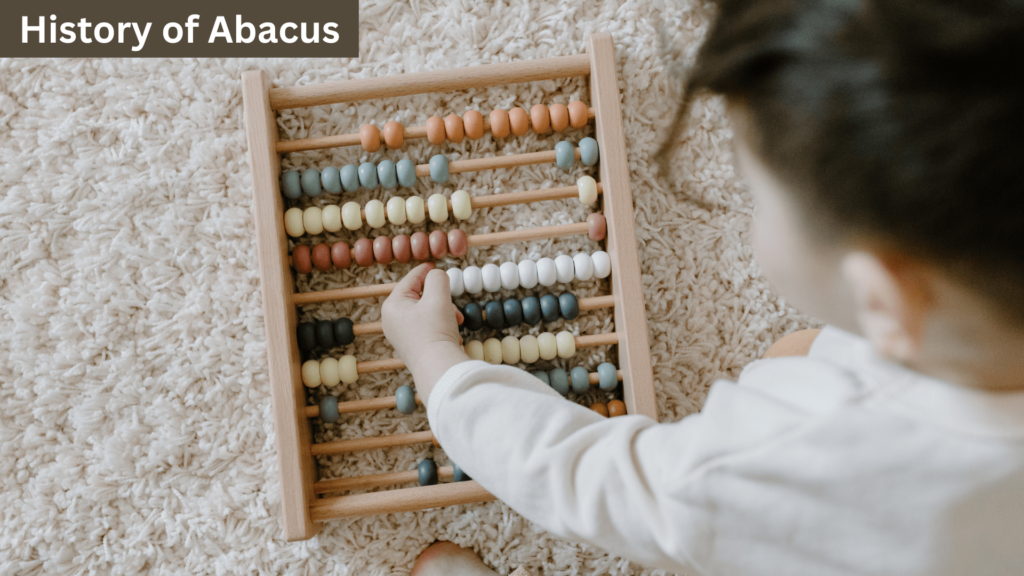History of abacus
The abacus has a rich history, spanning thousands of years, as it evolved from a simple counting instrument to a sophisticated arithmetic gadget. The ancient abacus, invented circa 2300 BCE in Mesopotamia, was a basic counting board with stones for arithmetic. The modern abacus, especially the Japanese Soroban with its sophisticated bead arrangement, is currently largely used in education to teach mathematics and cognitive skills.
The Evolution of the Abacus: Historical Roots and Functionality

The abacus, an ancient calculating tool, has developed greatly since its conception. It originated approximately 4,000 years ago in ancient Mesopotamia and was designed to simplify mathematical operations using a mechanical system of beads and rods. Earlier variants, such as Sumerian counting boards, provided the way for improved versions to be used in numerous civilisations, including the Chinese Suanpan and the Japanese Soroban.
Historically, the abacus was used in trade, astronomy, and government to aid with computations before the arrival of contemporary computing technology. Its design includes a frame with rods and beads that indicate place values such as units, tens, and hundreds. Users can handle these beads to execute arithmetic operations ranging from simple addition and subtraction to more sophisticated multiplication and division.
Today, the abacus remains an effective teaching tool for promoting essential maths abilities and cognitive development. Its ongoing impact indicates its adaptability and efficacy in teaching and executing math over the years.Today, the abacus remains an effective teaching tool for promoting essential maths abilities and cognitive development. Its ongoing impact indicates its adaptability and efficacy in teaching and executing math over the years.
